
UKRAINIAN refugees who were given an opportunity to work on the restoration of the 19th century Edinburgh Futures Institute by Balfour Beatty are now employed within the Scottish construction sector.
Despite well documented sector skills shortages, the individuals – who had operated within Ukraine’s construction sector – were unable to find work in the Scottish industry, so instead had taken on jobs not relevant to their skillset.
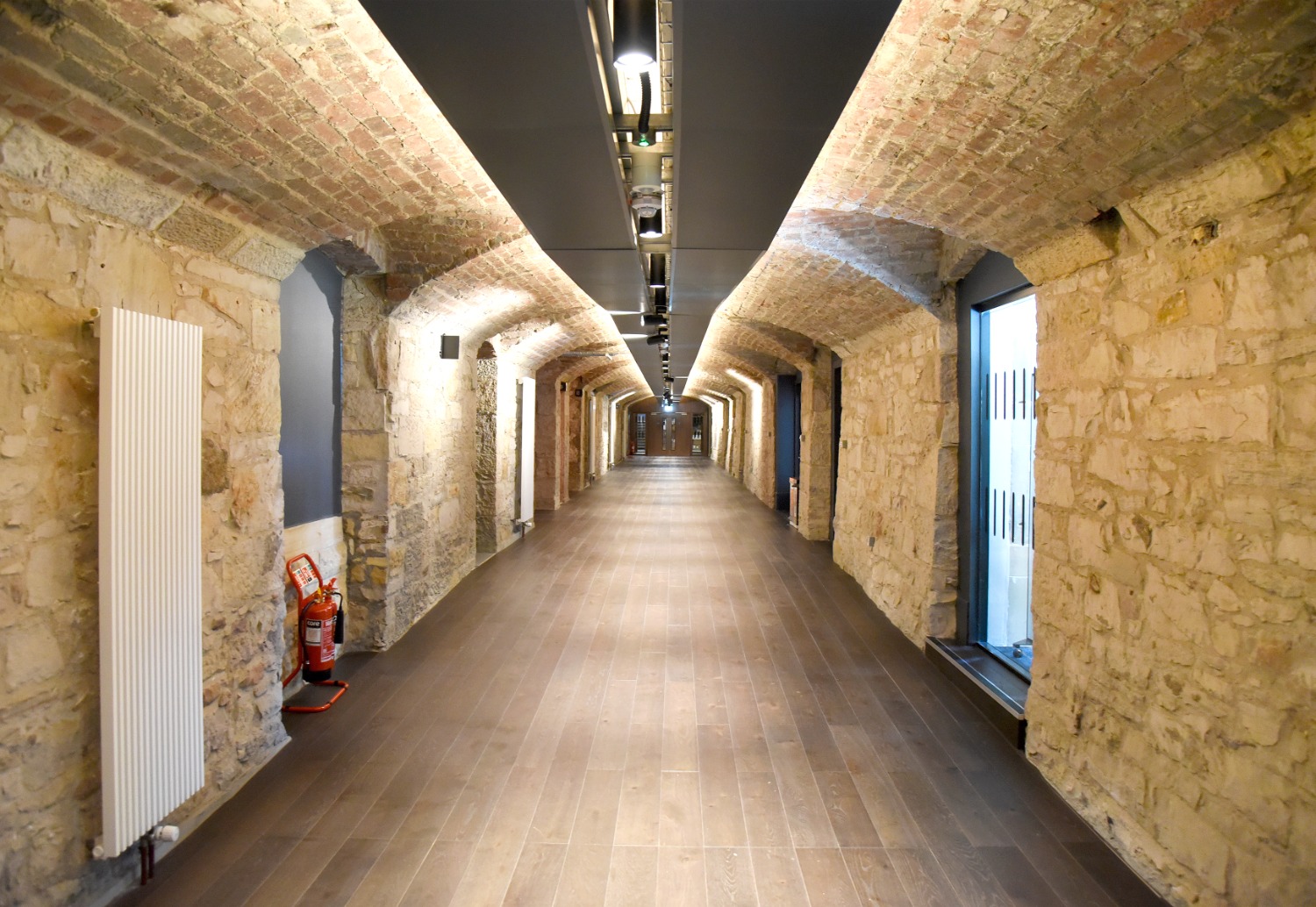
A partnership between Balfour Beatty and the Edinburgh and South East Scotland City Region Deal led to the establishment of an academy aimed at boosting the labour needs of the local construction sector. After it became apparent there were a number of refugees in the area with industry experience, opportunities were provided to 14 individuals.
“It worked out really well,” Angela Pllu, Balfour Beatty sustainability manager, told Project Scotland. “They had been in trades back in Ukraine, so they obviously found themselves here as refugees and had excellent skills but had never worked in the UK or there was a language barrier or so much going on when you are in that refugee status that it is just a complete overload. This project was about understanding what their skills were and giving them the opportunity to get work here.”
Of the 14, nine are currently employed within the Scottish construction sector at firms including RJ Smith Electrical Engineers and Parker Technical. A further two are working within the renewables industry, while two others have moved into higher education.
The cohort was supported in achieving CSCS cards and able to utilise existing skills and experience on the restoration of the Edinburgh Futures Institute, with this later being detailed in UK-style CVs.
The £70 million restoration of the 19th century building was no mean feat, with it involving the transformation of the former royal infirmary building into a modern, multi-use facility which is now one of the largest institutes for interdisciplinary learning, research, and innovation in Europe.
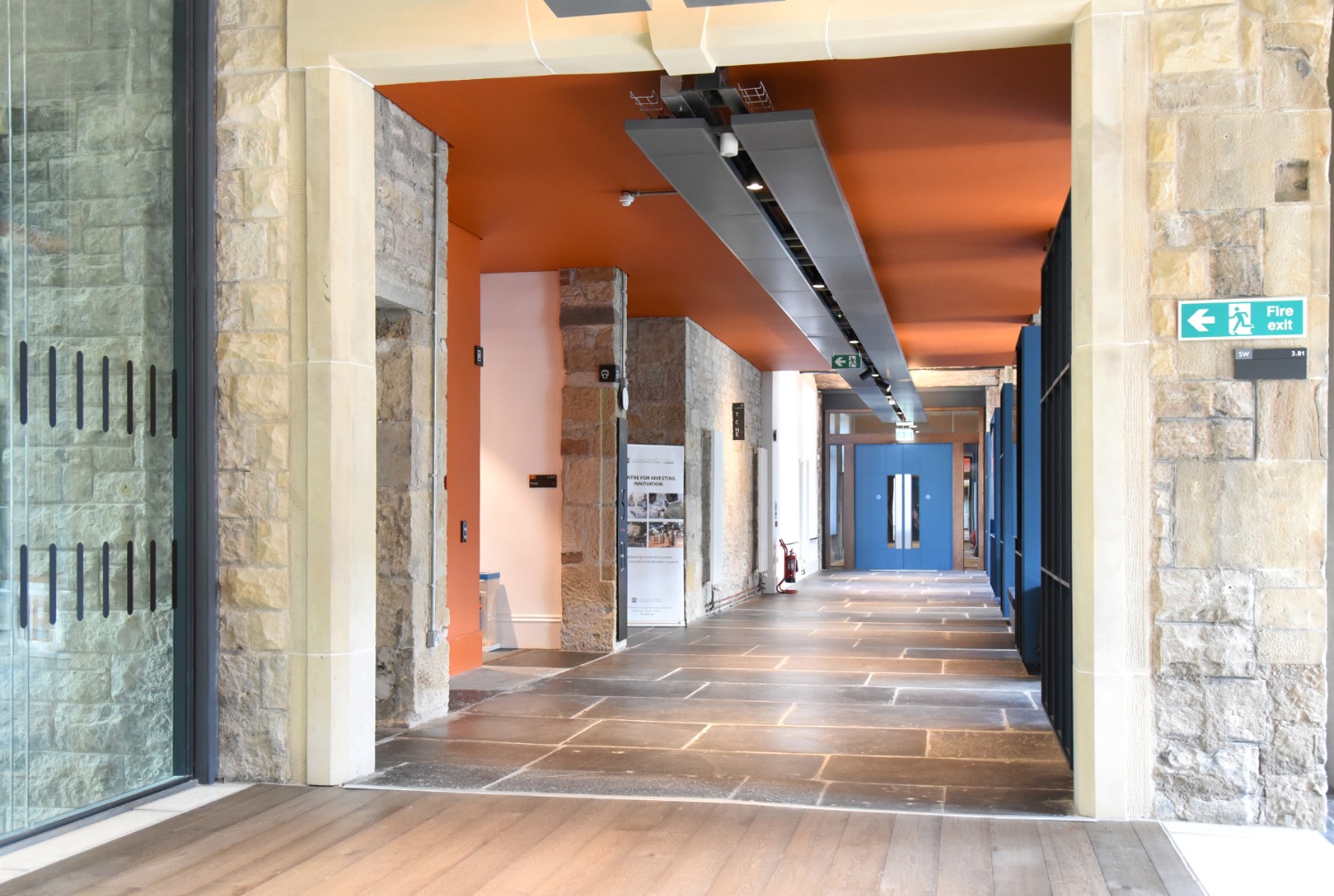
Uniting modern design with restored historic architecture, the building’s signature wide Nightingale Wards were retained and now act as teaching and workspaces, with the large windows and high ceilings complimenting learning spaces, whilst collaborative spaces have been created for organisations, partners, and start-ups. An events space with capacity for 450 people has also been created beneath the building’s public square, with it now the permanent home to the Edinburgh Book Festival.
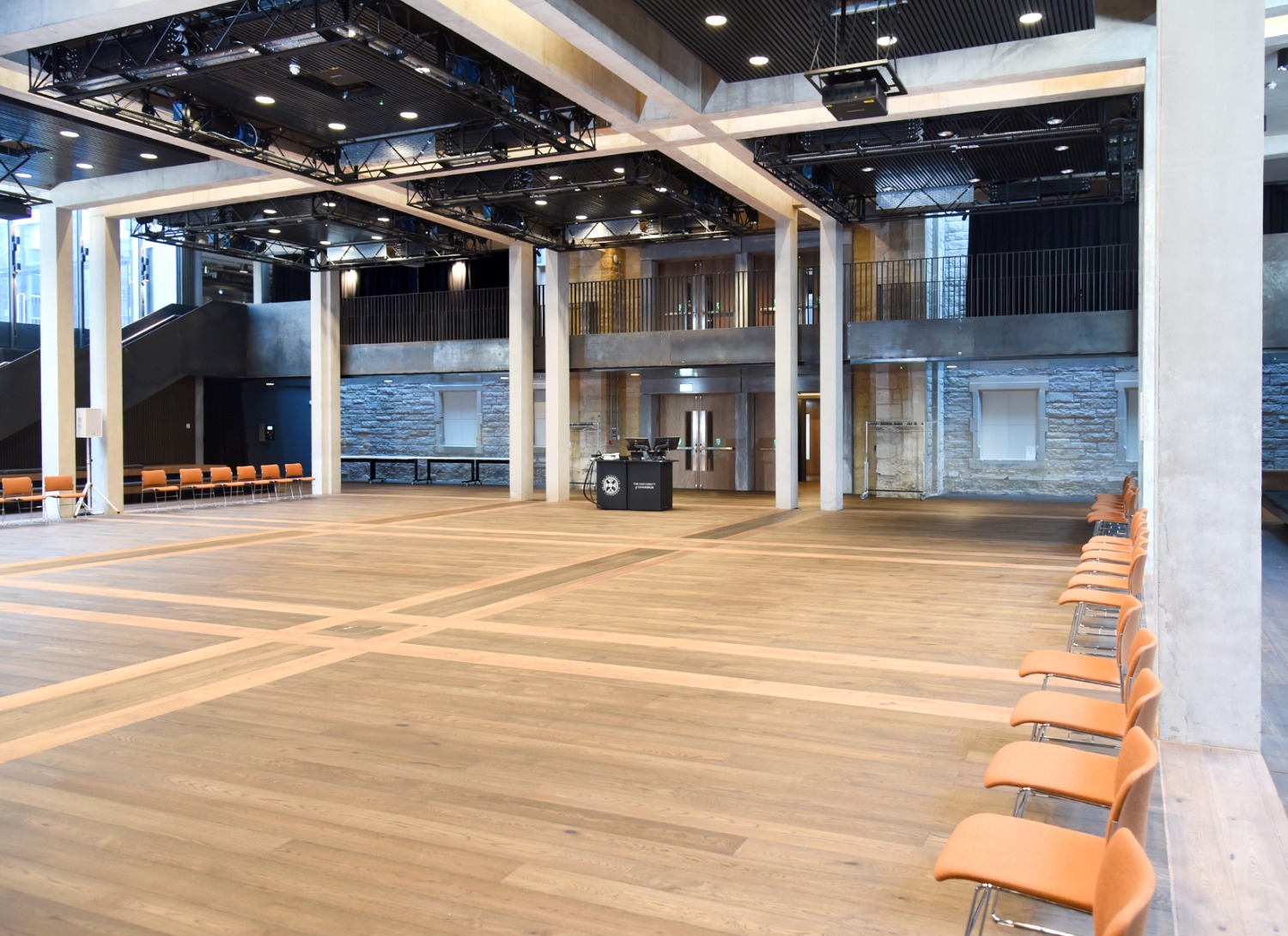
Due to the sensitivity of the historic A-listed structure, building information modelling and augmented and virtual reality technologies were utilised by Balfour Beatty and lead designer, AtkinsRéalis, throughout the project’s delivery.
“It would’ve been more trial and error,” Archie Burns, Balfour Beatty project director, told Project Scotland when asked how trickier the work would’ve been without the technology.
“Scanning is definitely the way forward with existing buildings. The more you can scan, the more it gives the architects, and they can then do a 3D model of the building and get services to fit into spaces. Because of the shape of these buildings, if you don’t scan them, it’s more difficult to actually get services to fit into plant rooms and some of the tight spaces like the vent towers on the roof.”
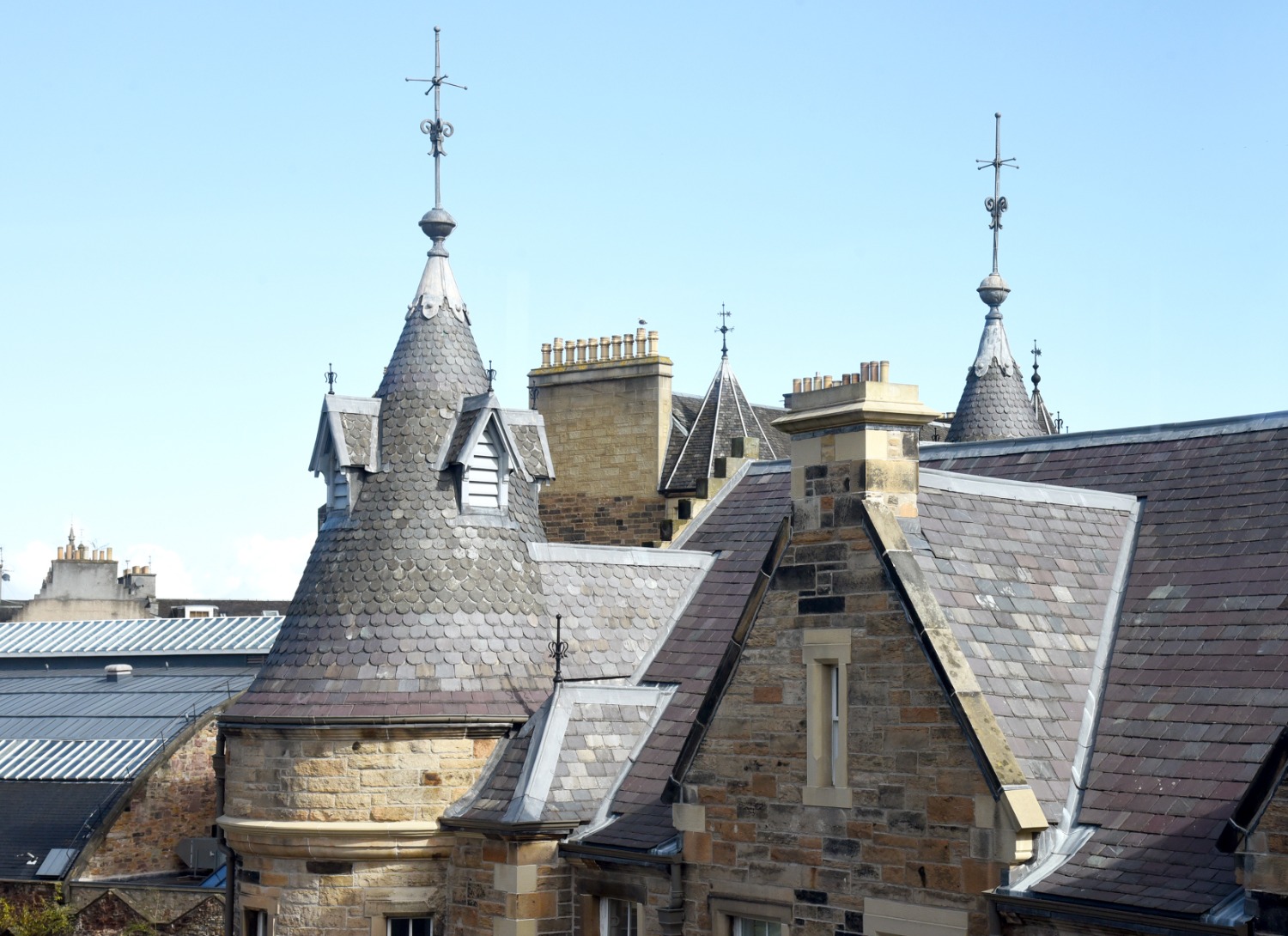
One example of this was the building’s turrets. The laser scan surveys allowed for the team to put the spiral staircases into manufacture, rather than having to wait to get measurements after the furnishes, partitions, and plastering to be built up within the turrets.
The technology also helped uncover areas of dry rot as well as asbestos, with some existing masonry walls being found to be dangerous and unstable. It also allowed for historic aspects of the building, which had previously been hidden during past repairs, to be restored and showcased – including a vaulted brick ceiling and original flagstone floors.
“I must admit, it’s amazing when you see the arches come into each other and the ingress of the brickwork and how it’s all supported,” Archie continued. “It’s tremendous what we could do 150 years ago – it’s really impressive.”
Despite the build quality, issues were still frequent, particularly in the early years of the seven-year project, with Archie admitting that it ‘probably’ would’ve been easier to have built the entire building from scratch. However, this wouldn’t have seen the 40% reduction in carbon, which the firm said is becoming increasingly important to clients.
“We are now predominantly public sector so a lot of our customer funding relies on us being able to demonstrate that we can help them with net zero obligations,” Angela explained. “We work very well with the University of Edinburgh – we’ve got a long-term relationship and it’s a very good partnership in terms of understanding their long-term aspirations.”
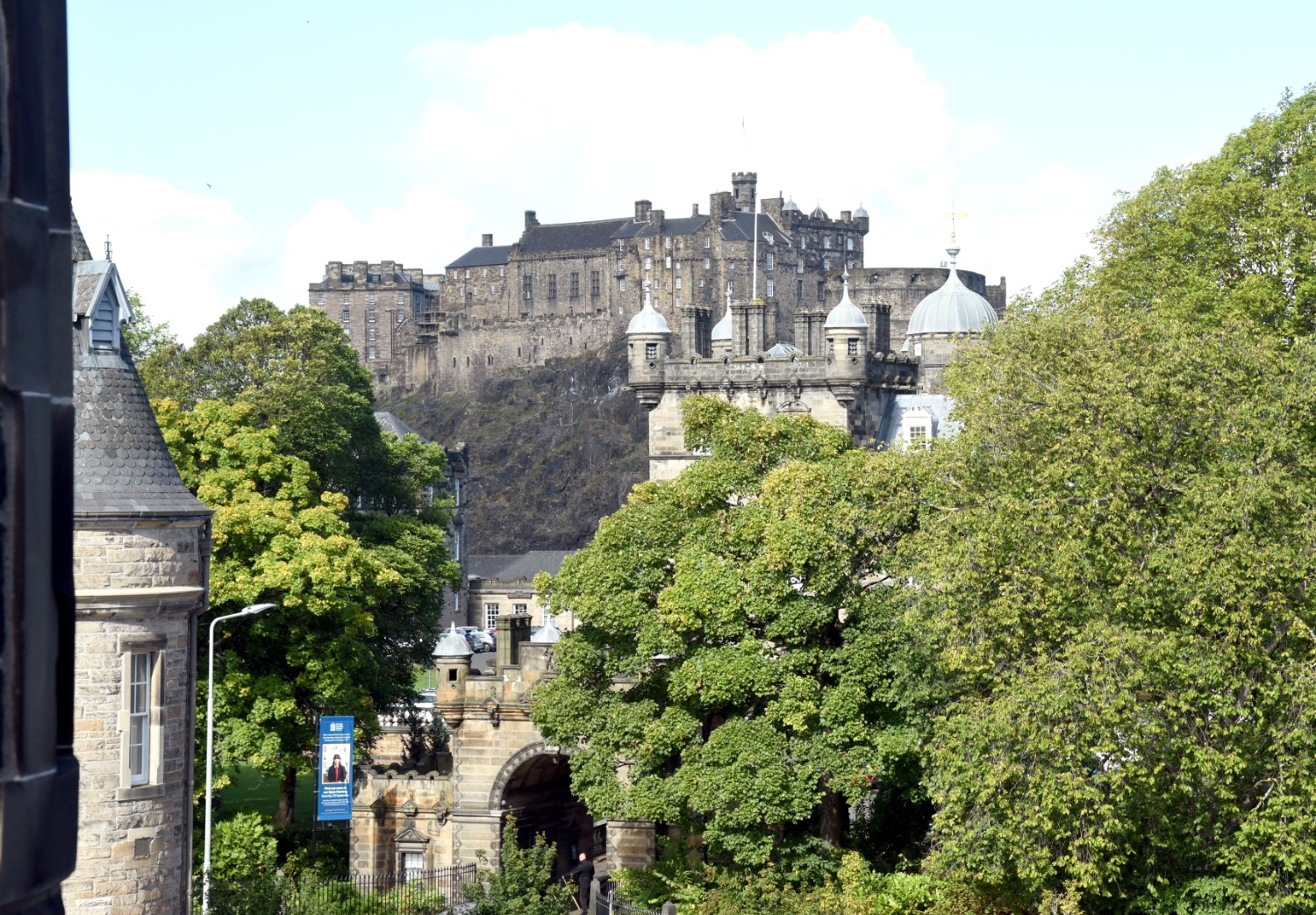
Lessons were taken from previous University of Edinburgh projects undertaken by the firm, with the learning institute doing post-occupancy evaluations of different buildings and marking key things they wanted to do differently with the Edinburgh Futures Institute.
“It just makes for a much better project, and not just in terms of sustainability, but in making sure you understand what it is the customer wants and what is important to them,” Angela added. “Understanding whether it’s the story, the heating, the controls, or that the events space is a key showcase part that the customer really wanted to push – and we knew the importance of that in terms of the wider use of the building and their wider strategy.”
The success of the partnership between the project team and the University of Edinburgh can already be seen, with Project Scotland’s visit allowing for us to experience the bustling nature of the building first-hand. The site is now home to leading innovators such as the Smart Data Foundry and a new centre aimed at decarbonising city buildings, as well as recently being recognised in the Prix Versailles World’s Most Beautiful Campuses list alongside five other recently opened or renovated buildings across the world.










